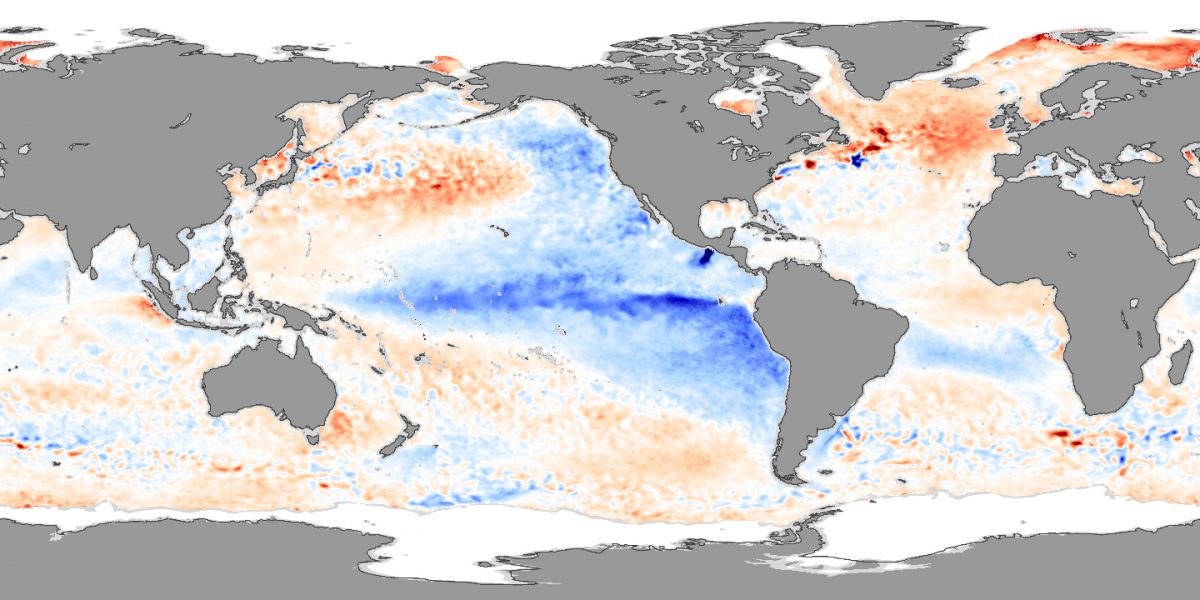March, April and May are notorious for unpredictable weather with short, heavy bursts of rain, sunshine and frost, making them prime months for some of the most impactful weather phenomena that could affect the UK’s spring months.
These are some of the upcoming extreme weather events the UK may face in the coming spring.
Storms
The 2023-2024 storm season has already seen a few major storms, with the potential for more in the spring months.
There have been 10 storms since September, some with winds of almost 100 miles per hour.
The Met Office has released future names for storms for the remainder of the season, with the next one to be named Kathleen.

Credit: Eric Jones | Geograph | CC-BY-SA/2.0
Superior mirages
Changing temperatures at coastal areas will bring about an optical illusion known as a superior mirage.
Mirages, the distortion of light brought on by temperature change, have been sorted into two categories: inferior and superior mirages.
Unlike inferior mirages, superior mirage displays images as floating above the real object.
They have been known to occur in the spring months, particularly around large bodies or water, where air closer to the surface is much cooler than the air above, creating the distortion.
One image of a superior mirage went viral in the UK in 2021 off the coast of Cornwall, where a large vessel was seen floating above the water.

Credit: Fraser Gray | Shutterstock | 13949805k
The end of El Niño
2023’s notably warm spring and summer has been attributed to a weather event known as El Niño, however meteorologists have predicted an end to the event this spring.
El Niño, Spanish for ‘the boy,’ occurs when water in the eastern pacific rises in temperature by 0.5°C above the average temperature.
El Niño events affect the entire world, but in the UK, they have caused particularly warm summers and colder winters in the past.
The end of El Niño will see a return to neutral oceanic temperatures, and an increased risk of Atlantic hurricanes.
Meteorologists have not been able to predict when exactly the El Niño period will end but it is likely that by late spring, ocean temperatures will return to between -0.5°C and 0.5°C.
In previous years, the end of El Niño was followed by a cooling of Pacific oceanic temperature, known as La Niña, Spanish for ‘the girl’, and is often associated with colder, windier weather.

Credit: Jesse Allen | NASA Earth Observatory | Public domain via Wikimedia Commons
2024’s spring is already shaping up to be memorable, with potential storms, captivating mirages and a rapid change in global temperatures all giving the UK’s spring its fickle characteristic.
Political Editor and Reporter for the Kingston Courier






